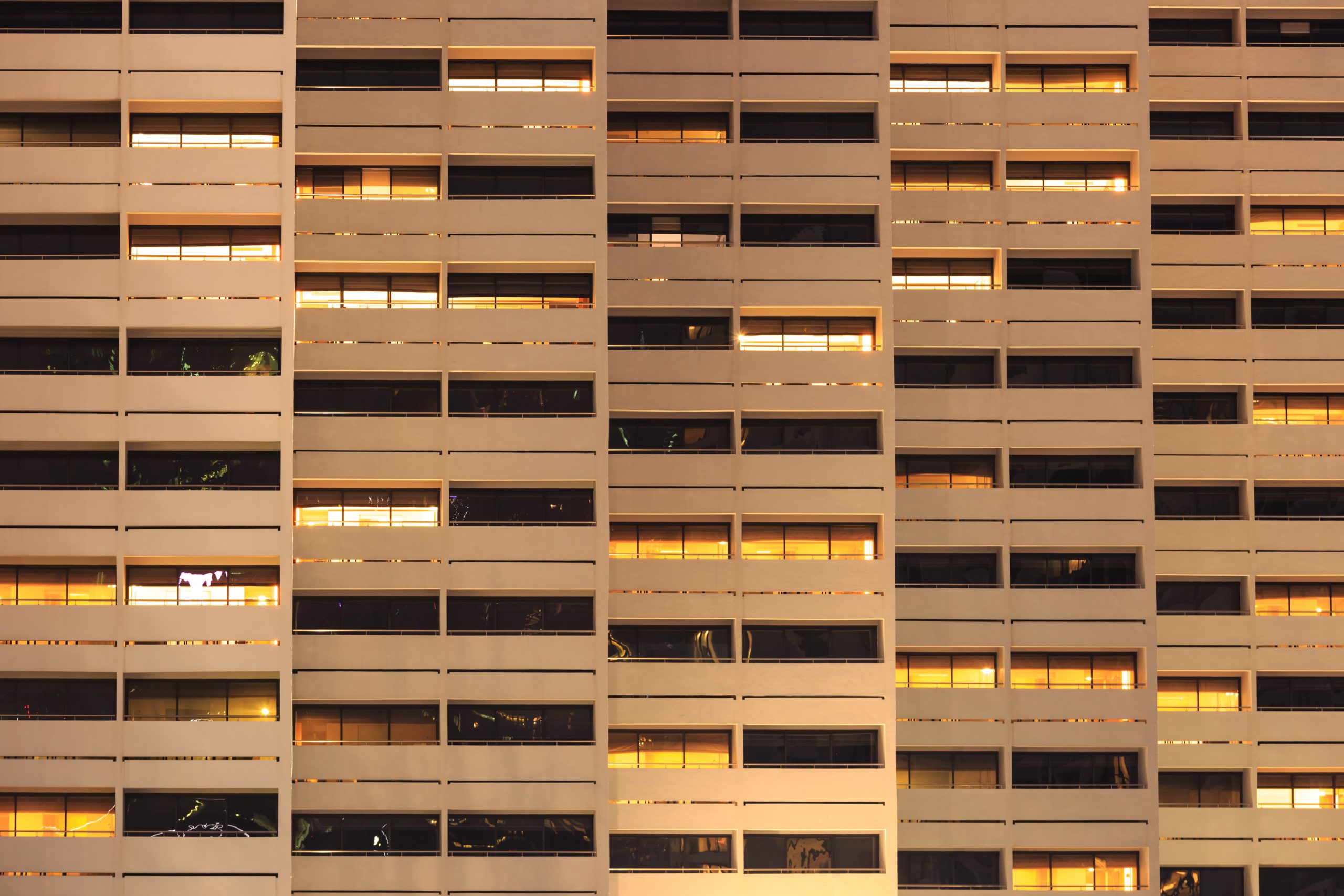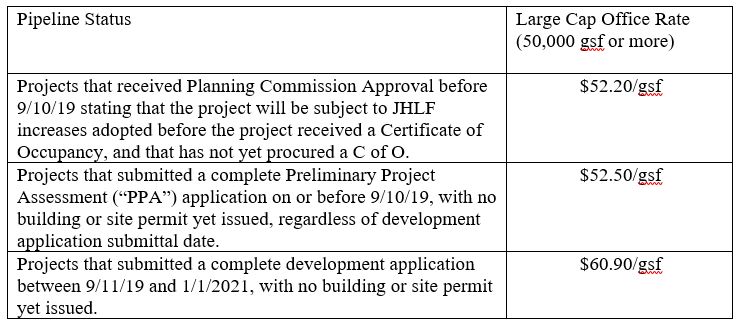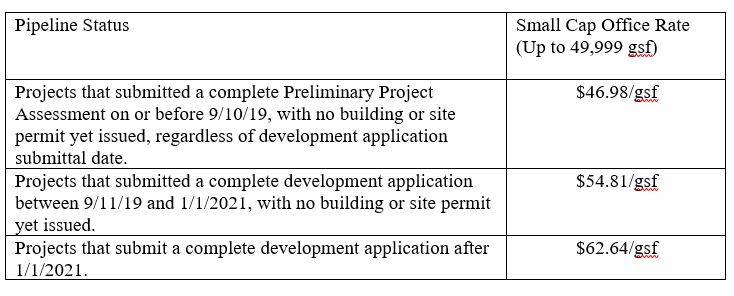San Francisco Boards, Commissions, and Departments have begun to adapt their operations and procedures in response to the Shelter in Place restrictions, and for land use practitioners, this means project processing activity is on the rise.
By contrast, on March 31 the Department of Public Health issued an Order that further restricted allowed construction to the following: healthcare projects directly related to addressing the COVID-19 pandemic; housing and mixed use projects that include at least 10% affordable housing (the City Attorney has interpreted this to mean on-site affordable housing); projects that provide services to vulnerable populations; projects required to maintain safety, sanitation, and habitability of residences and commercial buildings; and construction necessary to secure an existing construction site that must shut down.
The March 31 Order also extended the deadline of the Shelter in Place Order from April 6, 2020 to May 3, 2020.
Board and Commission Hearings
Board of Supervisors: The Board of Supervisors and Board Committees continue to hold their regular meetings by videoconference. Board and Committee agendas are being limited to urgent matters, matters subject to statutory deadlines, and matters related to essential services and COVID-19 policies.
Planning Commission: The Planning Commission held its first hearing by videoconference yesterday, April 9. Hearings are expected to continue on a regular weekly basis every Thursday. Agendas for now generally are limited to projects concerning essential services and multi-unit residential projects.
Historic Preservation Commission: The Historic Preservation Commission will begin to hold hearings by videoconference April 15.
Variance Hearings: The Planning Department has indicated that the Zoning Administrator intends to hold the April 22 Variance hearing by videoconference, but this has not been confirmed yet.
Board of Appeals: The Board of Appeals has canceled its April 8 and April 15 hearings. All briefing deadlines still are in effect even if the hearing has been canceled.
Planning Department Noticing Procedures and Reinstatement of Enforcement Actions
Planning Code Section 311 Notices Mailed Prior to the Shelter in Place Order
(‘Clock’ starts April 7, 2020) All building permit neighborhood notifications (known as “311s”) that had already been issued were placed on hold, and no new notifications were issued, as of March 17 when the Shelter in Place Order first took effect. On April 7, the Department will resume the ‘clock’ for all neighborhood notifications that were previously issued. If a project’s Section 311 notification period began prior to the Shelter in Place Order, the Project Sponsor must put a note on the 311 poster(s), or add an additional poster stating that the 311 notice period will be extended by the number of days such notice fell within the original Shelter in Place Order. For example, if a 311 notice started on March 1 and was set to expire on March 31, that notice would continue for another 15 days once the clock restarts on April 7. Project Sponsors should also communicate this extension to any parties that contact them regarding information about the project.
Planning Code Section 311 Notices Mailed After the Shelter in Place Order
On April 7, 2020, the Department will begin issuing new Building Permit neighborhood notifications (known as “311s”) for essential projects only.
Pre-Application Meetings Noticed Prior to the Shelter in Place Order
If a project’s Pre-Application meeting is scheduled to take place during the Shelter in Place Order, the project sponsor must post a notice at the site on the meeting date that says the meeting was canceled, but that anyone who wants to discuss the project can contact the project sponsor, along with accurate contact information during the Shelter in Place Order. This will still allow interested parties to stay aware of a project and engage with the project sponsor going forward.
Pre-Application Meetings for Which Notice is Provided During the Shelter in Place Order
Project Sponsors should use the standard form, process, and 14-day notice period. However, they must also include a copy of the project plans in the mailing. They must also e-mail applicable registered neighborhood organizations. If there is no email address provided on the Department’s list, standard mail is acceptable. No in-person meetings should be conducted during the Shelter in Place Order. The notice template should indicate a day and time period during which the Project Sponsor will be available to take phone calls from interested parties or host a video meeting. The applicant should offer both options on the notice.
Planning Code Enforcement Notices Mailed Prior to the Shelter in Place Order
If a Notice of Violation or Notice of Penalty was issued prior to the Shelter in Place Order, any deadlines to respond to the Planning Department will be paused during the period of the Shelter in Place Order (i.e., March 17 through May 3). All such enforcement deadlines will be reinstated on May 4 and extended by the number of days that fell within the Order.
Planning Code Enforcement Notices Mailed During the Shelter in Place Order
A Notice of Violation issued during the Shelter in Place Order will not require action to abate the violation until 1) the Shelter in Place Order expires, and 2) all relevant City agencies are operating at a level necessary to abate the violation.
Department of Building Inspection (DBI) Permit Processing
For essential projects only, DBI began accepting addenda and revised plans for existing building permit applications electronically on April 1, and started working to convert some previously submitted projects from paper to digital files. DBI is accepting and processing building permit applications where the construction addresses urgent habitability needs.
Starting April 9, applicants can submit online for the following expanded list:
- Completing the permit process for essential and nonessential previously submitted projects (e.g., send addenda, revisions, and requests to convert previously submitted paper plans to electronic plans)
- Submitting a new permit for the following:
- Essential construction projects
- Accessory Dwelling Units
- Permits or scope that only need Fire plan/life safety review
DBI hopes to expand new project and permit intake to a larger universe of both essential and nonessential projects by the end of April.
Authored by Reuben, Junius & Rose, LLP Attorney Thomas Tunny
The issues discussed in this update are not intended to be legal advice and no attorney-client relationship is established with the recipient. Readers should consult with legal counsel before relying on any of the information contained herein. Reuben, Junius & Rose, LLP is a full service real estate law firm. We specialize in land use, development and entitlement law. We also provide a wide range of transactional services, including leasing, acquisitions and sales, formation of limited liability companies and other entities, lending/workout assistance, subdivision and condominium work.














